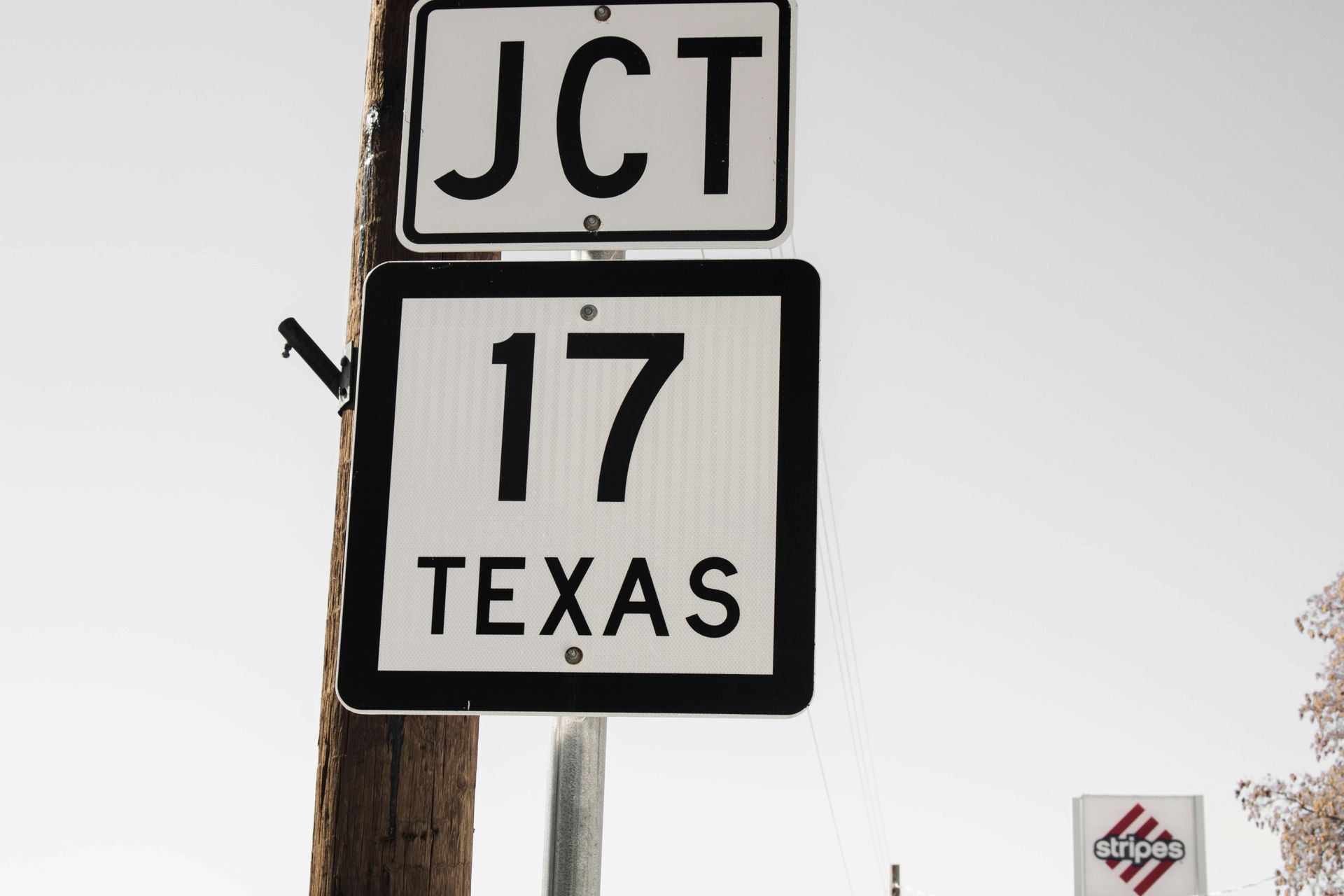What is Acquired Distinctiveness & Secondary Meaning?
ATTORNEYS IN DALLAS
The significance of inherent and acquired distinctiveness in trademark registration. Explore the process of demonstrating acquired distinctiveness through prior registrations, five years of continuous usage, and a evidence of acquired distinctiveness to elevate your mark's chances of registration on the Principal Register of the USPTO.
What is Acquired Distinctiveness & Secondary Meaning?
One of the most frequent grounds for refusal of a trademark application on the Principal Register of the United States Patent & Trademark Office (USPTO) is when the mark lacks inherent distinctiveness and acquired distinctiveness or secondary meaning. The terms "acquired distinctiveness" and "secondary meaning" are often used interchangeably and will be treated as such in this discussion. The Principal Register of the U.S. Trademark Office is designated for marks that are either inherently distinctive or have acquired distinctiveness. Marks that are merely descriptive of the goods or services and lack acquired distinctiveness, or are not inherently distinctive, are limited to registration on the Supplemental Register.
Over time, a term that initially describes the characteristics of a product or service can gain distinctive significance through the trademark owner's usage. When this happens, the public will start associating the trademark with a specific source, manufacturer, or producer. There are three main types of evidence that a trademark owner can present to the Trademark Office to demonstrate the acquisition of distinctiveness. These categories encompass providing prior registrations as evidence of distinctiveness, demonstrating five years of commercial use of the trademark as evidence of distinctiveness, and presenting actual evidence showcasing distinctiveness.
Prior Registrations
An applicant seeking to establish distinctiveness can provide evidence of owning one or more previous registrations of the same mark on the Principal Register. However, the USPTO may require additional supporting evidence of distinctiveness. For instance, if the prior registration had to disclaim the term that the applicant is currently trying to demonstrate distinctiveness for, it will not be considered as prima facie evidence of distinctiveness. Minor variations in the marks may be acceptable, as long as they are considered "legal equivalents." The next step involves assessing whether the goods or services specified in the application are sufficiently similar to those mentioned in the prior registration. Finally, it is crucial for the prior registration to remain valid and not have expired or been cancelled.
Five Years of Use
To substantiate the claim of five years of mark usage, it is crucial that the usage is substantially exclusive and continuous. If consumers are confronted with multiple independent users employing the same trademark, a claim of acquired distinctiveness will not be successful. The presence of multiple third-party users, even if they are junior users, will have a negative impact on an examiner's determination regarding the claim of distinctiveness. The five-year period can commence prior to the filing of the trademark application and extend until the date when the claim is made. However, if the mark is highly descriptive, the burden of proving secondary meaning becomes more challenging. For instance, most surnames can rely on the statement of five years of use, which would be sufficient to establish secondary meaning. However, if the mark consists of mere ornamentation, the overall color of a product, or non-distinctive shapes of product containers, evidence of five years of use alone is insufficient to demonstrate acquired distinctiveness.
Evidence of Acquired Distinctiveness
Actual evidence of acquired distinctiveness can be presented in various forms, such as affidavits, declarations, depositions, or other types of evidence. The aim is to demonstrate the scope, duration, and nature of the mark's usage. For instance, evidence may include an affidavit from a senior marketing representative, affirming the advertising expenditures related to the mark, a declaration from a company employee indicating the number of years the mark has been used with the goods or services, along with the advertising methods employed, or a deposition of the company's president providing support for high sales figures in conjunction with substantial and continuous usage. Additionally, other compelling evidence can include affidavits or declarations asserting consumer recognition of the mark as an indicator of source, survey evidence, consumer reaction studies, and market research.
- 66(a) Applications
- Abandoning a Trademark Application or Withdrawing a TTAB Proceeding
- Abandonment and Nonuse
- Abbreviations as Trademarks
- Accelerated Case Resolutions
- Acquired Secondary Trademark Meaning
- Amending Trademark Application
- Assigning a Trademark
- Assigning a Trademark and the Intent to Use Application
- Avoiding Fraud on Trademark Applications
- Avoiding Trademark Litigation
- Basis for Filing a Trademark
- Benefits of Registering a Trademark
- Bona Fide Intent to Use
- Celebrity Trademarks
- Challenging the Relatedness Factor
- Challenging Trademark Rights
- Claims in a Notice of Opposition
- Co-Existence Agreements
- Common Law Trademarks in the Internet Era
- Common Law Use and Priority
- Conflicting Marks
- Consent Agreements
- Constructive Use Priority
- Dates of Use
- Defenses in Opposition and Cancellation Proceedings
- Descriptive or Generic Trademarks
- Design Marks
- Design Trademarks
- Determining Trademark Similarities
- Discovery in TTAB Proceedings
- Dividing a Trademark Application
- Drawing Page
- Electronic Display Specimens for Trademarks
- Evidence in TTAB Proceedings
- Evidence of Acquired Distinctiveness
- Expediting Trademark Cancellation for Nonuse or Abandonment
- Extending Time to Oppose
- Factors of a Likelihood of Confusion Analysis
- False Suggestions of Connection
- Famous Trademarks and Likelihood of Confusion and Dilution
- Filing an Opposition or Cancellation Proceedings
- First Sale Doctrine
- Five Years of Use
- Foreign Trademark Rights
- Generic Trademarks
- Geographic Trademarks
- Hiring Trademark Counsel
- Immoral and Scandalous Trademarks
- Incontestability of U.S. Trademarks
- International Trademark Filings
- Joint Trademark Ownership
- Lawful Use of a Trademark in Commerce
- Likelihood of Confusion Analysis
- Likelihood of Confusion Refusal
- Merely Descriptive Trademarks
- Multiple Bases for a Trademark Application
- Overcoming and Ornamentation Trademark Refusal
- Personal Name Trademarks
- Principal and Supplemental Registers
- Protecting Single Creative Works
- Recording Trademark Assignments
- Refusal of a Trademark
- Refusing a Trade Dress Application
- Registering a Certification Trademark
- Registering a Service Mark
- Registering a Trademark That Lacks Inherent Distinctiveness
- Registering an International Trademark
- Relatedness of Goods or Services
- Request for Reconsideration in Trademark Office Action
- Requirements for International Trademark Application
- Revive an Abandoned Trademark Application
- Secondary Meaning
- Source Confusion
- Special Trademark Applications
- Standard Character and Special Format Marks
- Standing in Opposition and Cancellation Proceedings
- State Trademark Registration
- Statement of Use Extensions
- Tacking Doctrine
- Technical Trademark Use
- The Supplemental Register
- Trade Dress
- Trade Dress Application
- Trademark Application
- Trademark Clearance Searches
- Trademark Disclaimers
- Trademark Licensing
- Trademark of Authors, Performing Artists, and Characters
- Trademark Ownership
- Trademark Protection In Texas
- Trademark Settlements
- Trademark Specimens
- Trademark Specimens
- Trademark Use by Related Company
- Trademark Use in Advertising
- Trademark Use in Commerce
- Trademarking a Distinctive Mark
- Trademarking a Hashtag
- Trademarks for Musical Artists
- TTAB Discovery Rules
- TTAB Proceedings
- U.S. Service Mark
- U.S. Trade Dress
- Understanding Trade Channels
- Unitary U.S. Trademark
- Universal Symbols as Trademarks
- Using Secondary Sources
- What is an Ex Parte Appeal?
- Where to Register a Trademark
- Who Must File a Trademark?
Contact an Experienced Trademark Attorney
If you need legal advice regarding your trademark rights, assistance with trademark prosecution, or representation in a domain name dispute, contact Wilson Whitaker Rynell. Our team of trademark lawyers has extensive experience in all aspects of trademark and copyright law, including the filing of trademark applications and representing clients in defense or prosecution before the Trademark Trial and Appeal Board.
CLIENT MATTERS
5,000+
YEARS OF SERVICE
25+
Award Winning
Recognized in the legal industry as dedicated board-certified lawyers and Rising Stars.
Expert Team
Your project will be handled by legal experts every time. You will have the most experienced attorneys working for you.
Quality Representation











